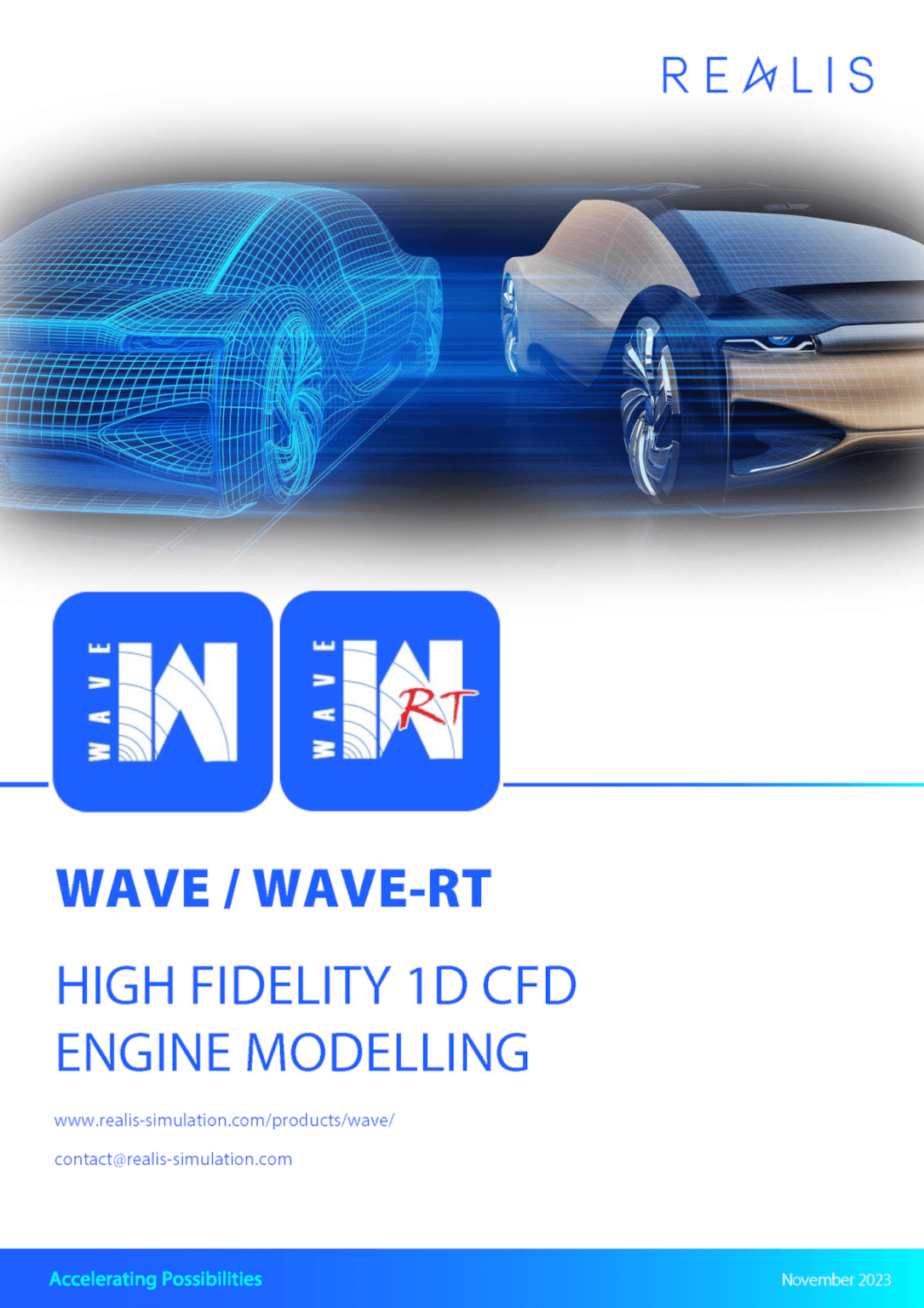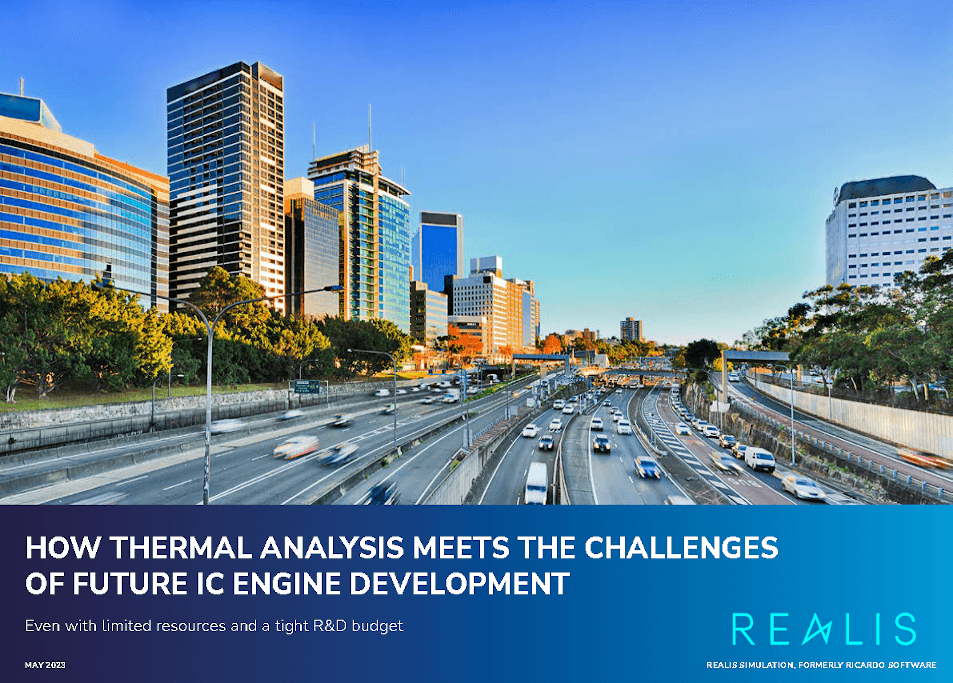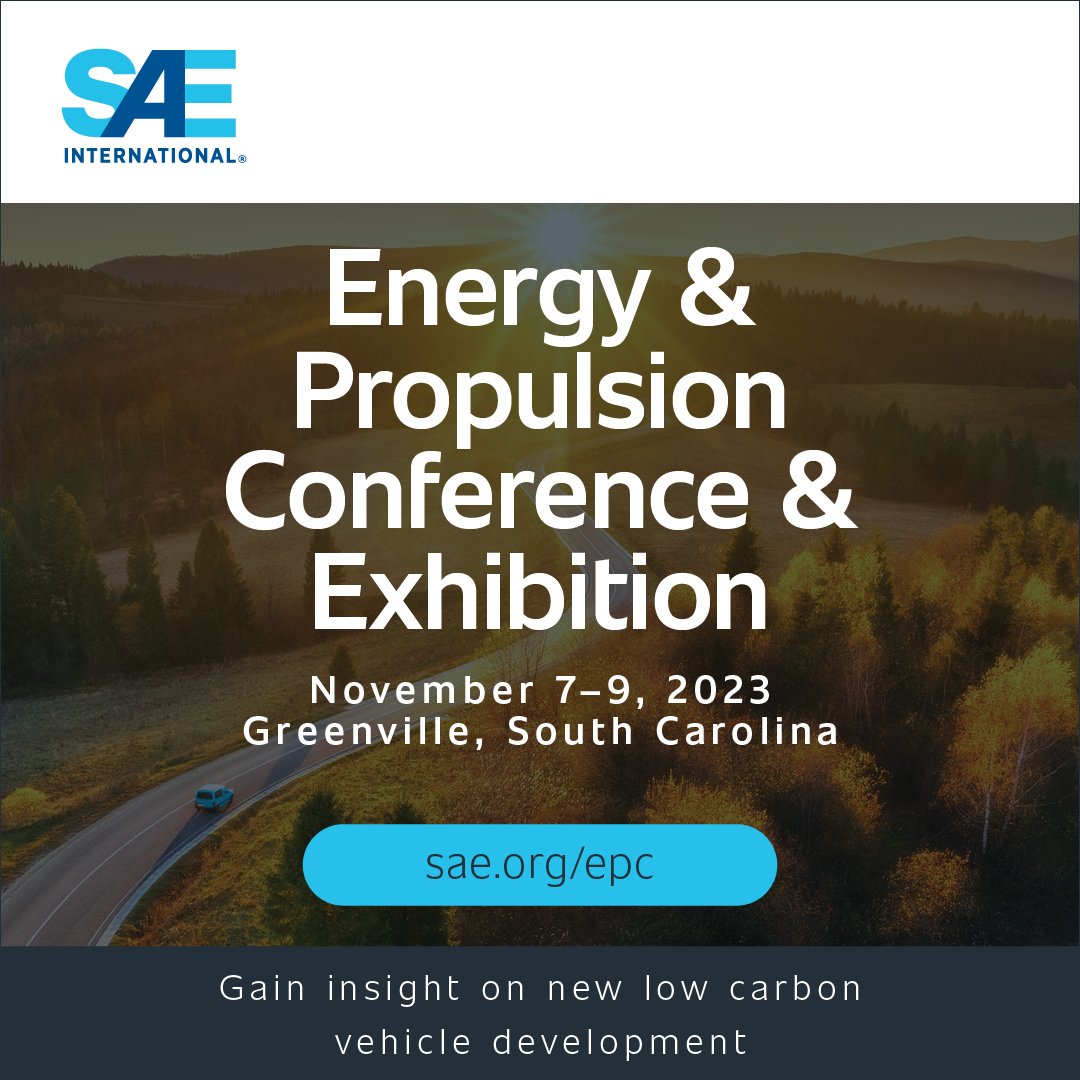
How thermal analysis meets the challenges of future IC engine development


How thermal analysis meets the challenges of future IC engine development
New industry regulations such as Euro 7 and the drive to zero tailpipe emissions from light vehicles by 2035 mean that Original Equipment Manufacturers (OEMs) need better tools that deliver quicker design responses as emissions standards are demanding changes to propulsion unit design. Although electric will replace many applications, Internal Combustion Engines (ICE) still form the backbone for hybrid systems as well as hydrogen and E-fuel combustion solutions, requiring manufacturers to deliver more innovation with less ICE engineering resources than ever.
This white paper looks at one way OEMs can roll out significantly more powerful IC development at an affordable cost: by extending virtual product development capabilities with specialised in-cylinder thermal prediction software that addresses all of the key challenges of delivering green IC engines—efficiency, performance and emissions.
Looking at the limited-capability tools now being used for thermal analysis, this paper concludes that OEMs would be wise to consider investing in the next generation of predictive tools, as a way to truly do more with less.
Realis Simulation, formerly Ricardo Software.
Latest Resources


Using Analysis of the Ring Pack and Piston to Optimise Oil Consumption of Current and Future Engines
Technical paper